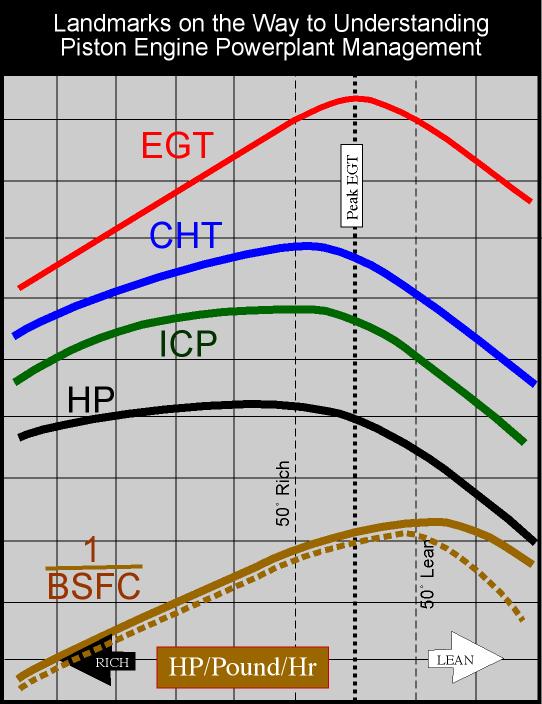It's simply totally unnecessary. In most complex airplanes, you can just set the prop at 2500 and leave it there. Need to increase power? Use the throttle. Need to decrease power? Use the throttle. Screwing around with all three levers every time you need to make a power change is over-complicated and totally unnecessary. Sure, on rare occasion you may need to tweak the blue or red lever after making a power change, but certainly not EVERY time.
I never said 'every time' and I never said you actually have to move all the levers every time.
OP, think of it this way...……
if you were in a Cherokee or 172...you start up the plane, you lean it out (you DO lean it out for ground ops, don't you?). you do your other stuff, you taxi, you're ready for take off. do you firewall the throttle, then enrichen the mixture? NO, you don't. you'd say "mixture rich, full throttle". so in that case, you are increasing power, you are doing the same thing, Mixture, then Throttle. now throw a prop in the middle of that (literally) and your flow it 'mixture rich, prop full forward (you wouldn't mash the throttle THEN check the prop, would you? NO, although it wouldn't be a huge deal, it just doesn't make any sense from a flow perspective) then full throttle. so, ↑ MPT.
just because you aren't physically moving levers doesn't mean you don't still have a flow check....in brads example something like "I was told to climb, so full throttle, prop can stay where it is, mixture can stay where it is". flows, that's all.
of course once you understand what everything is doing, it all becomes second nature and most of this goes out the window anyways. my flow SUGGESTION was to hopefully just make it easier to learn in the beginning.


